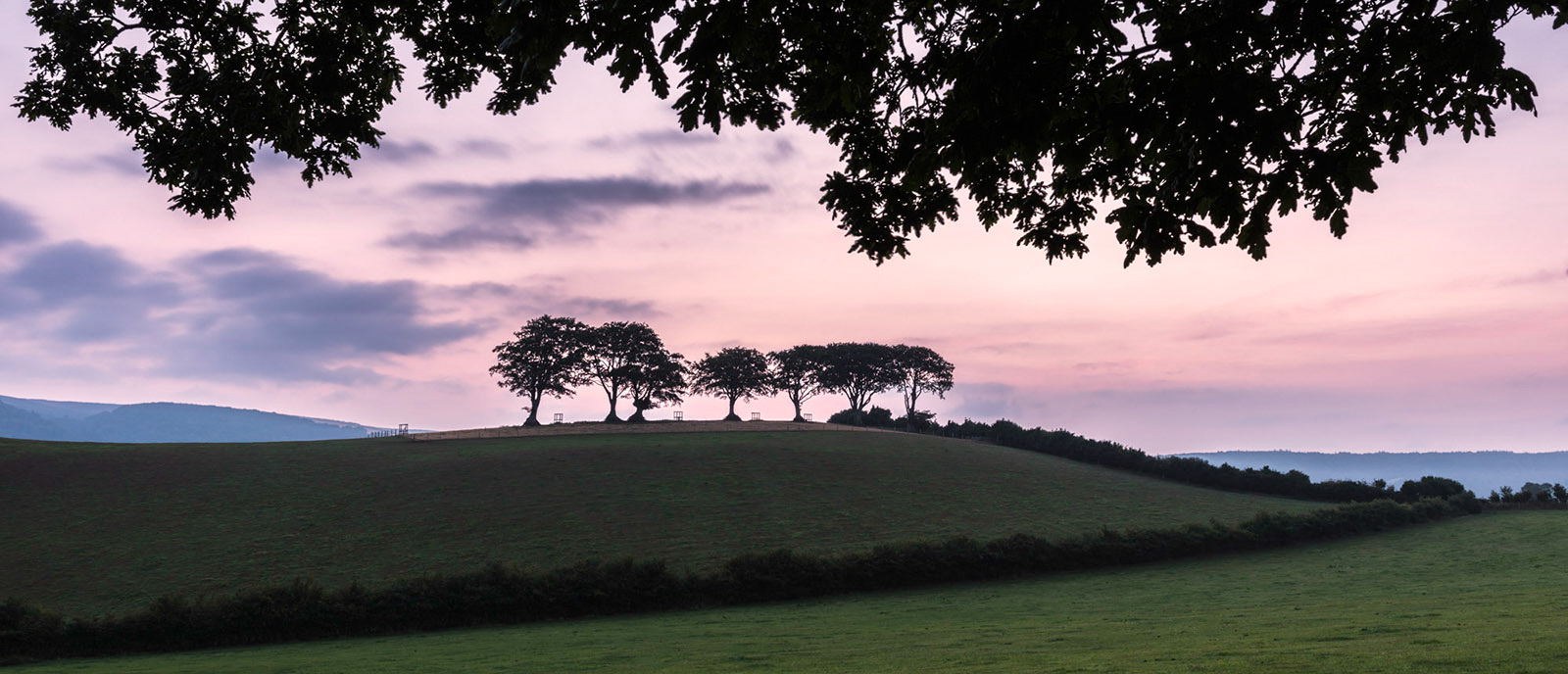Composition: How to Create a Frame within a Frame

What exactly is composition? Well, it is the skill of arranging the elements within your camera’s viewfinder in the most visually stimulating and pleasing way. It is an age-old art. I guess it could be best described as an artist’s form of communication – you are effectively trying to communicate your ideas and vision. A wide number of things can influence the look of your final shot – for example, shooting angle, camera height, perspective, lens focal length, and what you include and exclude from the frame. Good compositions normally possess unquestionable balance and have a strong three-dimensional feel.
There are a number of compositional rules that you can apply to your shots to help you achieve compelling results. The rule of thirds is the best-known and a useful guideline, designed to guide subject placement; while the use of strong lead-in lines is a popular method for directing the eye. Using frames to imply depth and interest to photographs can also prove very effective. However, for some strange reason, this compositional trick often gets overlooked in photo magazines and books. For that reason, I thought we should take a closer look at using a ‘frame within a frame’ to boost the composition of your photos.



A frame within a frame
What exactly is the idea of using a frame within a frame? Well, much like a framed picture on your wall at home, a frame separates your eye away from all the surrounding clutter and distraction and isolates your focus. Also, within the realms of composition, using another object to frame your main subject can prove an excellent and effective way to imply depth. Doing so can place weight and emphasis on your focal point, create layers within your shot, and add an almost voyeuristic feel to your images. It is an approach that can suit almost any type of subject. Portrait, reportage, and wedding photographers all regularly include frames within their photographs. These are often manmade – for example, bridges, archways, doorways, mirrors and windows. However, nature provides us with a vast number of natural frames – some obvious, others less so. Outdoor photographers can use these creatively, to enhance their compositions.

Trees, branches, foliage, light and shade, reeds, reflections, caves and rocks are just an example of the type of things that nature photographers can use to frame their main subject. Not all frames are so obvious, though. You can effectively create a frame by using a secondary subject in the foreground. For example, you could use the body and legs of one animal to frame another behind, or use the stem or structure of foreground flowers to create a frame for the bloom you are actually focused on.

Not only will a frame help to draw your eye further into the image, but it can also add context and intrigue. A barrier between the subject and the outside of the shot will normally help retain the viewer’s eye for longer, so including a frame is a great tip when you want to place maximum attention on your main subject. However, if you want to record everything from front-to-back sharply, you will need a large depth of field. Generate this by selecting a small aperture like f/11 or f/16. You will also need to focus thoughtfully. Either calculate and apply the hyperfocal distance, or focus a third-way into the image-space, to help maximise the depth of field available.
Further Reading: ‘Staying Sharp: How to Use Hyperfocal Distance’

Your frame doesn’t need to go around all four edges – a partial or incomplete frame is often just as effective. For example, overhanging branches will stop your eye from drifting up and out of the top of your shot, while a rocky ledge in your foreground can create a strong frame for the scene beyond. Even heavy cloud can act like a frame, encouraging your eye inward. A word of warning, though. While frames within a frame can prove very effective, they can also make a composition feel cluttered or cramped if applied poorly or inappropriately.

Creating a ‘dirty frame’
A shallow zone of focus can also create a very effective frame. Grass and foliage – thrown selectively out of focus through use of a large aperture, long lens or low viewpoint – can create what is sometimes referred to as a ‘dirty frame’. Including bokeh in the foreground can produce a soft and creative frame for your main subject. Shooting ‘through’ leaves and grasses will create this effect. By doing this, you are effectively creating your own frame.

Prioritise a large aperture – like f/2.8 or f/4 – to generate a very shallow depth of field and then carefully focus on your subject. Personally, I love this approach, and it is something I do regularly – particularly when shooting wild flowers – in order to create natural borders.

Once you understand just how effectively a frame can add depth – not to mention a clearer focus on where and what the main subject of the picture is – you’ll never overlook them again. So what’s stopping you? Get framing…





